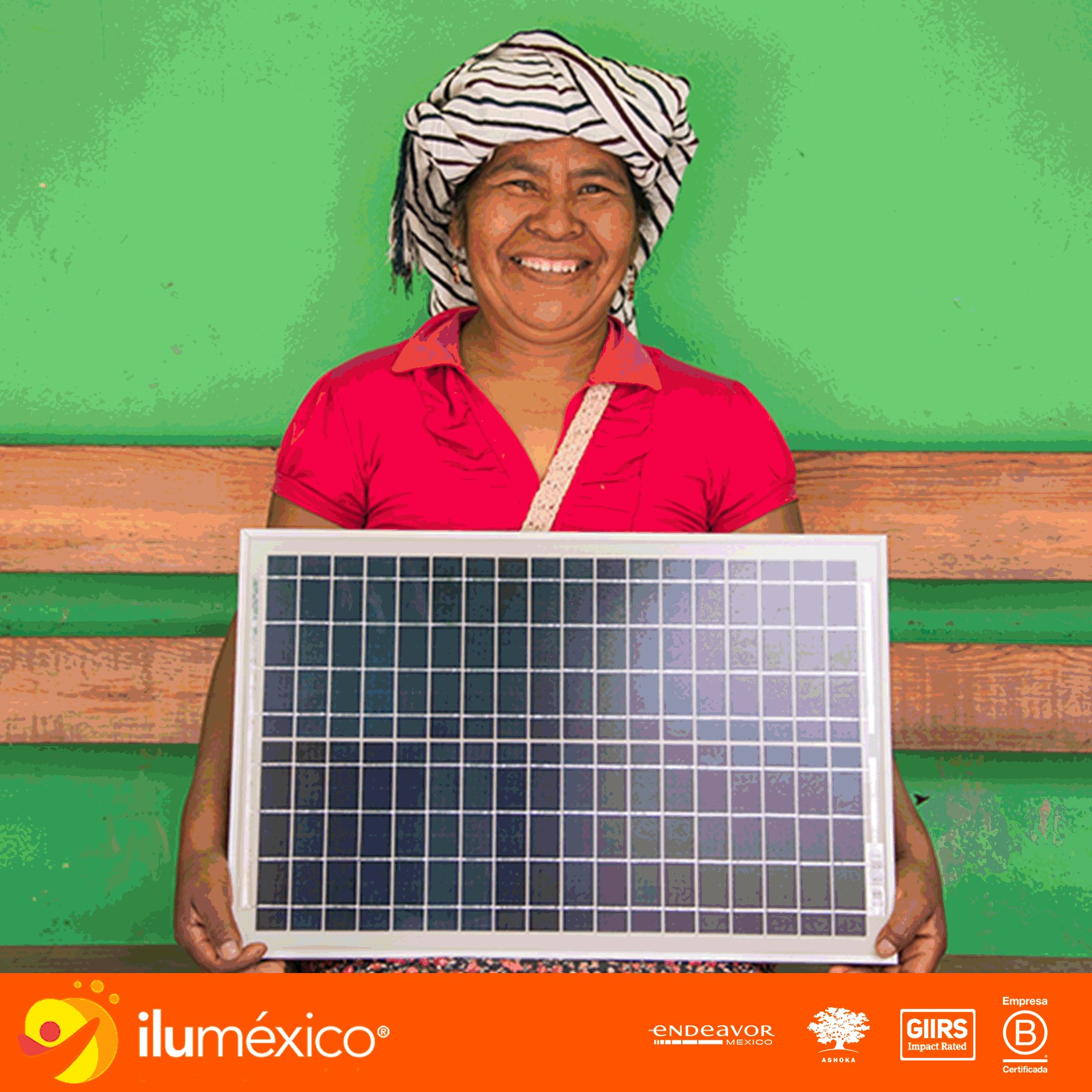Lighting Up Rural Mexico: Lessons from Co-Founding Iluméxico
📌 Quick Overview – Rural Electrification Model
| Aspect | What We Did |
| Approach | Designed the first community intervention model combining technology, finance, and social impact |
| Key Tools | Product guarantees, purchase contracts, microcredit registration system, service protocols |
| Innovation | Pioneered community-based intervention schemes, integrating training and social components alongside solar product delivery |
| Fundraising & Programs | Led donor proposals (Fondo Unido, Schneider Electric, federal programs) and created Iluescuelas to electrify rural schools |
| Focus Dimensions | Product reliability, financial accessibility, community empowerment, institutional partnerships |
| My Role | Co-founder and Director of Institutional Development: architected systems, advocated for reaching marginalized communities, and designed programs |
| Impact | Transformed Iluméxico from a technical project into a holistic model for rural electrification, proving renewable energy could empower families and schools in Mexico’s most marginalized regions |
Introduction
Energy access is not just about technology—it is about equity, dignity, and opportunity. In 2009, I co-founded Iluméxico, a social enterprise dedicated to bringing solar energy to rural and underserved communities. My work focused on designing the first intervention model, shaping not only the products but the way they reached and empowered communities.
For me, this was never only about solar panels. It was about building systems that could combine technical rigor, financial access, and community engagement, proving that renewable energy could transform lives in the most marginalized regions of Mexico.
From Vision to Action
At the time, more than two million people in Mexico lived without access to electricity. Our vision was to create a sustainable model where rural families could afford and maintain solar home systems.
Some of the first steps I led included:
- Developing the first community intervention model, which defined how products would be delivered, guaranteed, and serviced.
- Designing the contracts of purchase and product guarantees, to ensure trust and transparency with families.
- Creating a system to register microcredits, track payments, and manage product delivery.
- Advocating for expansion into Guerrero, one of the states with the highest levels of marginalization, to reach the families who needed it most.
Building the Technical and Institutional Backbone
Beyond community operations, I also worked on strengthening Iluméxico’s institutional foundations:
- Fundraising and development: As Director of Institutional Development, I led proposals for donors and partners such as Fondo Unido, Schneider Electric, and programs of the federal government.
- Program design: I created Iluescuelas, an initiative to electrify rural schools, linking energy access with education.
- Social dimension: I pushed for the integration of community training components, so beneficiaries could not only use but also understand and maintain the technology.
These steps turned Iluméxico from a technical project into a holistic program that addressed financial, social, and institutional realities.
Anchoring in Key Dimensions
The model we built was anchored in four dimensions:
- Product and service reliability – guarantees, contracts, and technical quality.
- Financial accessibility – microcredit schemes tailored to rural households.
- Community empowerment – training and participation as part of the intervention.
- Institutional partnerships – fundraising and alliances to scale and sustain operations.
This framework gave Iluméxico both credibility with donors and legitimacy within communities.
Organizational Realities
Launching a social enterprise in rural Mexico was complex. Infrastructure gaps, high costs, and skepticism from stakeholders made it challenging. My role often required bridging the rigor expected by academic and institutional partners with the practical needs of families in marginalized areas.
By embedding guarantees, transparent contracts, and training, we created trust. And by building partnerships with donors and government, we secured the resources to expand.
My Role: The Architect and Advocate
As a co-founder, my role was to act as both an architect of systems and an advocate for communities. I designed the structures that allowed Iluméxico to operate—contracts, guarantees, microcredit systems, and service protocols—while also pushing the organization to reach the most marginalized regions and include social training components.
Later, as Director of Institutional Development, I ensured that these community models were backed by resources through donor engagement and program design. The Iluescuelas program was a direct result of this effort, combining energy access with educational impact.
Reflexions
Iluméxico taught me that energy access is not solved by technology alone—it requires systems that integrate finance, community, and trust. From product guarantees to school programs, every structure we built was part of a larger story: empowering rural families not only to access energy but to use it as a tool for growth.
What began as a vision became a model for rural electrification that proved sustainability and impact are possible when we design with empathy, rigor, and systems thinking.



